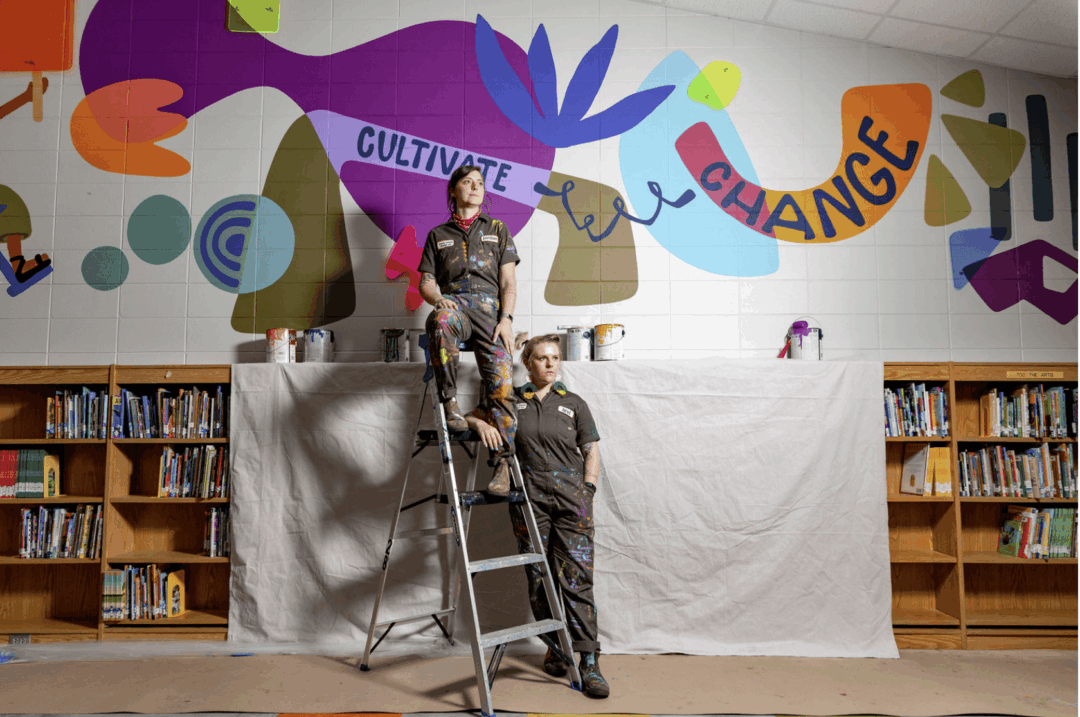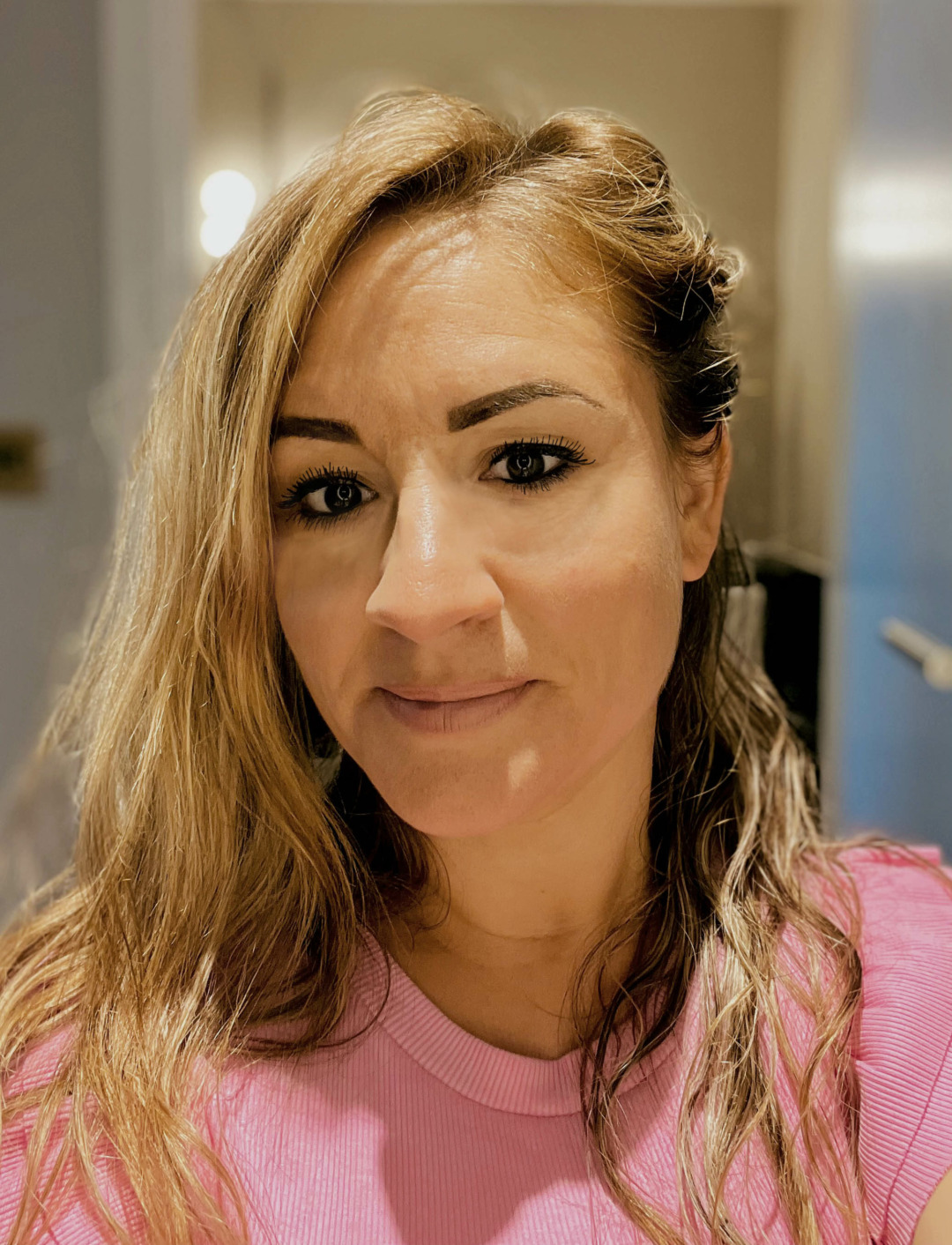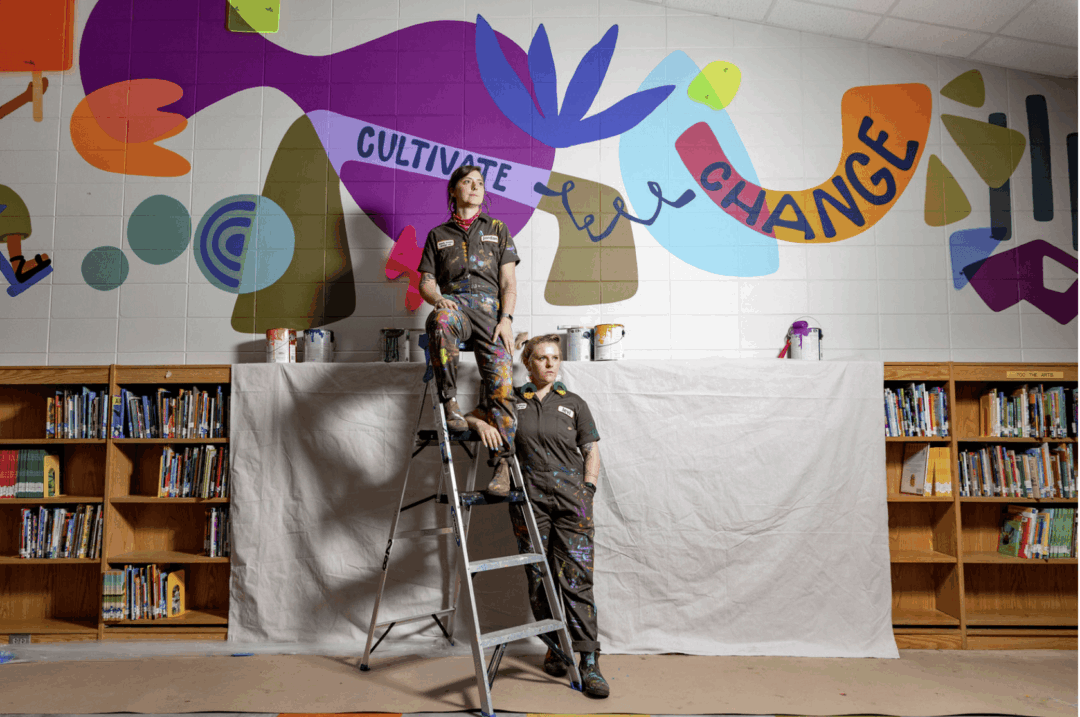Have you ever had a friend look at a business and randomly throw out numbers that made it seem like that business owner must be making serious bank? We’ve experienced that many times, and know from conversations with operators and owners in those industries that their real profitability is often far, far less. The reason is often that there are unique challenges to profitability in almost every industry and so we wanted to create a space for entrepreneurs from across industries and markets to discuss the challenges to profitability in their industries.
Aaron Lucas

I think the average consumer is extremely uneducated regarding the production of custom pieces. This applies to the availability of materials, specialty tools needed for the project and the time it takes, not only to design but then to create a piece. For example, a recent commission was for a custom box with an interior engraving. The client wanted 2 different woods for the inside and outside, hidden hinges and a message laser engraved inside. I am guessing that Etsy showed them some beautiful mass produced items, similar in ascetics, for $40 or $50 dollars. These are product made in a factory, with a problem free process, making them in the thousands, meaning all costs are down. Read more>>
Jenna Scheuer

I believe that the biggest challenge to profitability in my industry as a small handmade business owner is competing with larger companies. A lot of clothing at places such as Walmart or Amazon employ crafters overseas who are under-compensated for their skill and their time. Thus, the consumer is able to access items made by hand (any crochet item that you see in a store for example is made by hand as crochet cannot be replicated by machine) through these companies at a price that handmade businesses are often asked to match. In order for me to make a livable wage through my handmade business, I must overcome the conception that by pricing items higher than similar items from large companies I am trying to make a quick buck. Read more>>
Samantha Hoilett

I work closely with creative coaches, consultants and service providers who sell online courses, programs, and services. And I’d say one of the biggest profitability challenges in this industry is Messaging – AKA figuring out exactly who you help, how you help them, and the specific outcome you deliver. Read more>>
Eddie Rodriguez

One extremely missed piece in this life is truly the necessary balance between business and the craft. Mixing profitability within the craft in some cases takes away its purity in the creative process. Worrying about getting paid or how to pay eliminates so much organic thought and creative flow unintentionally soley because it’s another thing to worry about. In this lane of work, I’ve struggled with this specifically. Wanting to be accessible but also having a set price respected without undervaluing yourself. In so many situations, I’ve given and overextended in ways that I probably shouldn’t do to the normal mind but the creative brain finds no other way besides actually being resourceful regardless of the circumstances. Read more>>
Kari Brackett

Expense associated with self care is one of the first items individuals tend to let go of when budgets get tight. It is also one of the least chosen investments for most-especially those who are new to taking time for wellness. Yoga studios rely on students committed to wellness to come through the door-they are how we keep the lights on. When cutting costs a lot of people tend not to consider personal wellbeing through exercise and meditation a necessity; sometimes regular students will reduce attendance in these times. Getting people to know the value of this practice is another big challenge-they have to give the work a chance to understand this could impact their life in powerful ways beyond what they imagine. Read more>>
Bendy Knees Design Company

This is one of those questions that we’re constantly asking each other through the evolution of our craft and business, so we figured what the heck – let’s keep pokin’ at it!
Being a women-queer owned business in the south has uniquely influenced our paths and efforts in ways that we’re still processing on the daily and I think it would be silly to assume that this doesn’t effect our profitability based on our location. It’s a weird place to sit on the line of sometimes celebrated, sometimes hated, and the division is pretty equal in our little red state. It was always super important for us to advocate for visibility and foster community connections through public art and with that, we’ve been very grateful to have been given multiple opportunities to work with the queer community in Birmingham. Read more>>
Myna Davis

Within the floristry industry, there’s a misconception that florists are overpaid for their work. Which isn’t the case at all. Sure it’s easy to go to the grocery store and buy flowers for cheaper. But there’s plenty of things to consider. For example, the customer isn’t aware of how long the flowers have been sitting in that bucket, with the same water. It could be days, or even until they’re at the end of the florals lifespan. The quality usually isn’t as good as getting it from a florist either. The most important thing to my business is quality and expertise. I pride myself with the knowledge and care I give to my customers when they make a purchase with my business. Read more>>
Kirsty Norris

I have been developing my skills as a Textile Designer for 28 years now, and after this extensive training I have decided to start my own brand “House of Norris”. My brand is my passion and shows after decades that discipline and dedication to creating can lead to wonderful things! After designing for and working with a large bedding and homewear supply company for many years I had the opportunity to develop my own brand- with its very own unique style. Read more>>
Krishna Ganeriwal

One of the most innovative initiatives I led at Meta was part of our broader initiative to embed privacy deeply into the Ads Infrastructure stack—particularly through a system we developed to enforce purpose limitation at scale. Read more>>


